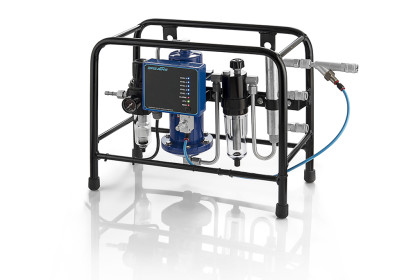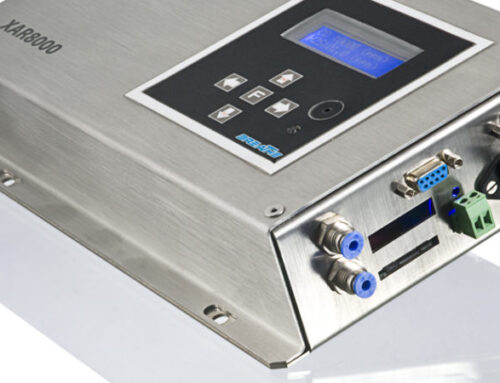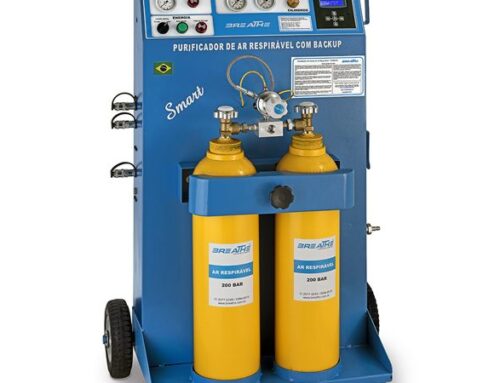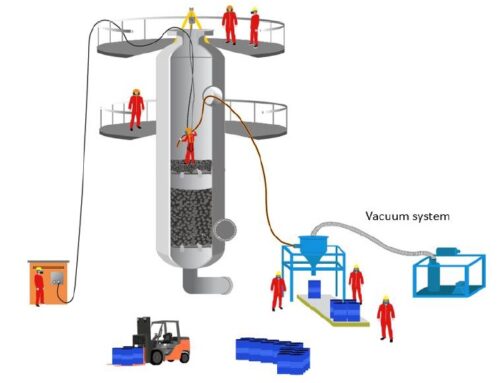Formation of Carbon Monoxide in Air Compressors
Formation of Carbon Monoxide in Air Compressors. Filter bag with CO monitor. The air compression process
Under normal conditions of use, air compressors have little chance of generating carbon monoxide, or once the working temperatures and lubricant characteristics are up to date.
The problem occurs every time the compressors exceed their working temperature, or even if the quality of the lubricant is questionable or with the properties expired. In this case, if there is an overheating in the compression head (or any other mechanism responsible for the compression) together with the lubricating oil and little oxygen from the process, it can generate carbon monoxide.
Carbon is oxidized by combining with oxygen at a higher temperature to form oxides, such as carbon monoxide (CO) and carbon dioxide(CO2). Carbon monoxide is formed when combustion is incomplete, that is, low in oxygen. Therefore:
CO is present in car exhaust (when there is incomplete combustion), volcanic gases, chimney gases, etc.
Filter bag with CO monitor. The air compression process Under normal conditions of use, air compressors have little chance of generating carbon monoxide, or once the working temperatures and lubricant characteristics are up to date. The problem occurs every time the compressors exceed their working temperature, or even if the quality of the lubricant is questionable or with the properties expired. In this case, if there is an overheating in the compression head (or any other mechanism responsible for the compression) together with the lubricating oil and little oxygen from the process, it can generate carbon monoxide. Filter bag with CO monitor. The air compression process Under normal conditions of use, air compressors have little chance of generating carbon monoxide, or once the working temperatures and lubricant characteristics are up to date. The problem occurs every time the compressors exceed their working temperature, or even if the quality of the lubricant is questionable or with the properties expired. In this case, if there is an overheating in the compression head (or any other mechanism responsible for the compression) together with the lubricating oil and little oxygen from the process, it can generate carbon monoxide.










